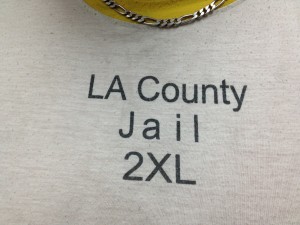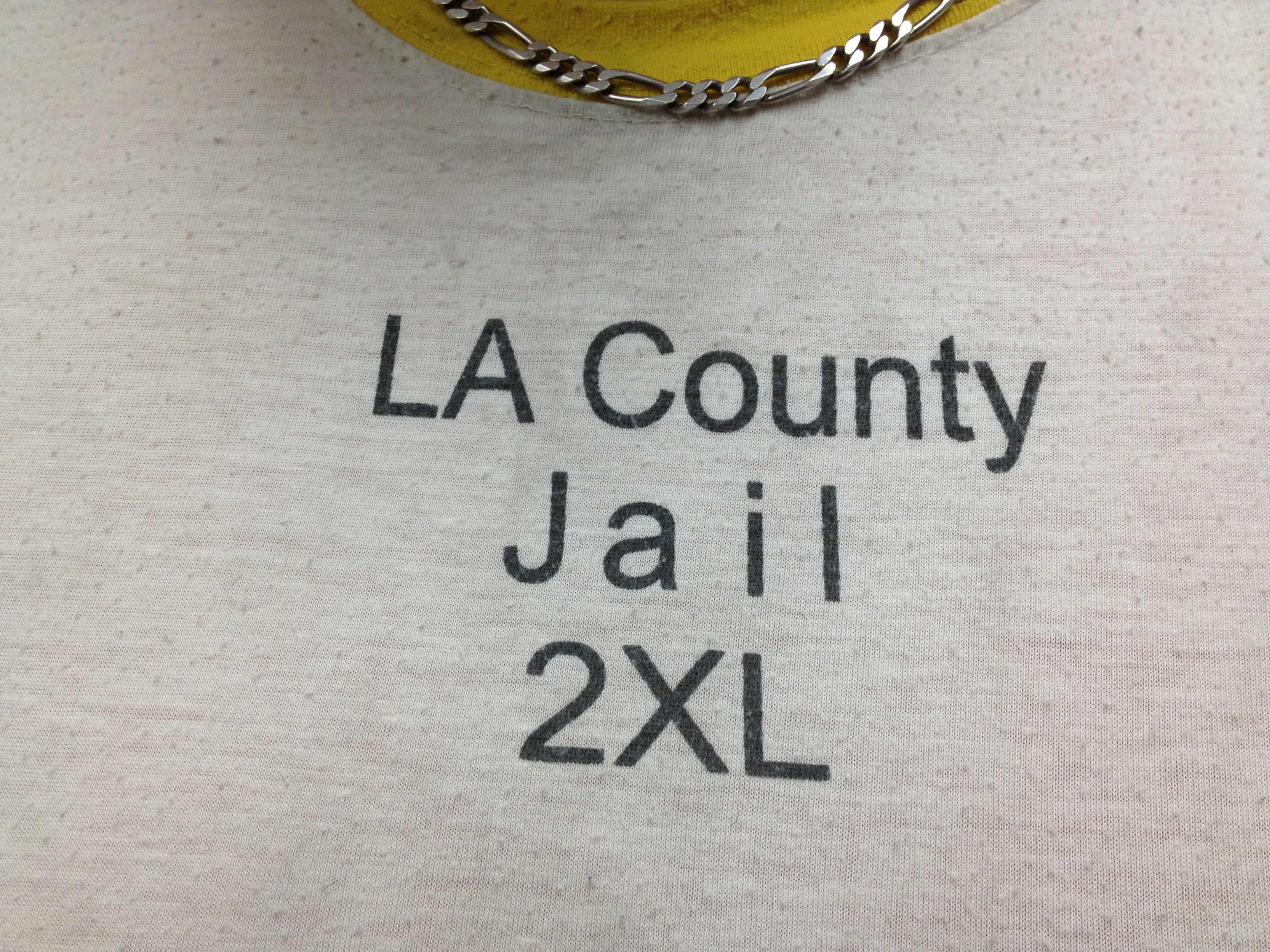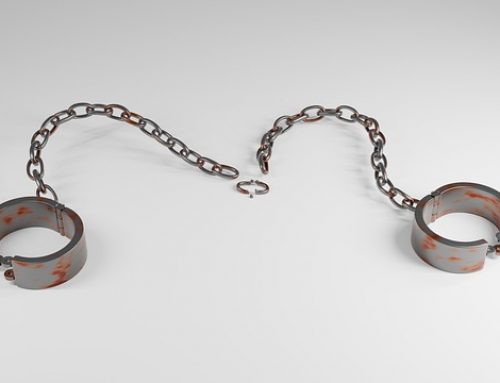 For years, the State of California has been dealing with a prison overpopulation crisis that has had both inmates and human rights advocates up in arms.
For years, the State of California has been dealing with a prison overpopulation crisis that has had both inmates and human rights advocates up in arms.
In 2010, Governor Brown put forth a plan of action that would take qualifying inmates from state prisons and house them in county jails instead. Additionally, qualifying inmates from county jails would be placed in the probation department, effectively releasing them early.
According to Brown, moving inmates from state prisons to county jails would help ease overcrowding issues, and moving inmates from county jails into the probation department would help cut costs. Both moves, he stated, would increase safety across the board.
A bit of investigative reporting, though, has the Los Angeles Times crying foul. According to their research, shifting the cost of housing inmates from the state to the counties has backfired, costing the state $2 billion dollars more a year since 2010. Also, county jails are now becoming overcrowded. 142,000 felons were released from state custody into county custody and it has put increased strain on their already crowded populations.
Ironically, Governor Brown played a part in creating the prison overcrowding problem during his first term in 1976 when he approved a law that provided fixed prison sentences for crimes. Two years later, he approved a change to the parole law requiring released prisoners to be supervised for three years as opposed to one. California’s controversial “Three Strikes Law” played a part as well. Under the law, a second-time felon is required to spend double their sentence in jail, while three felonies would require an automatic life sentence.
Now, with both county jail and state prison inmate populations on the rise and reaching dangerously overcrowded levels once again, it is unclear what the State plans to do to continue easing the problem.








Leave A Comment